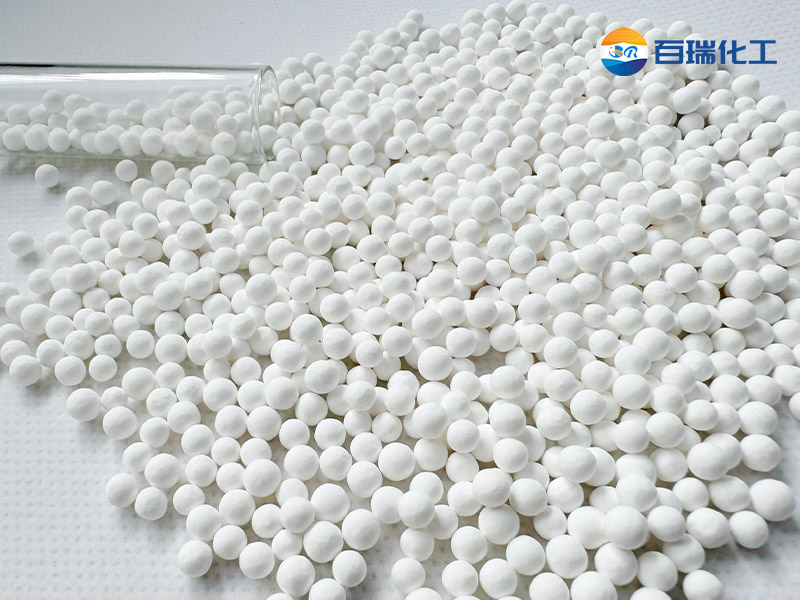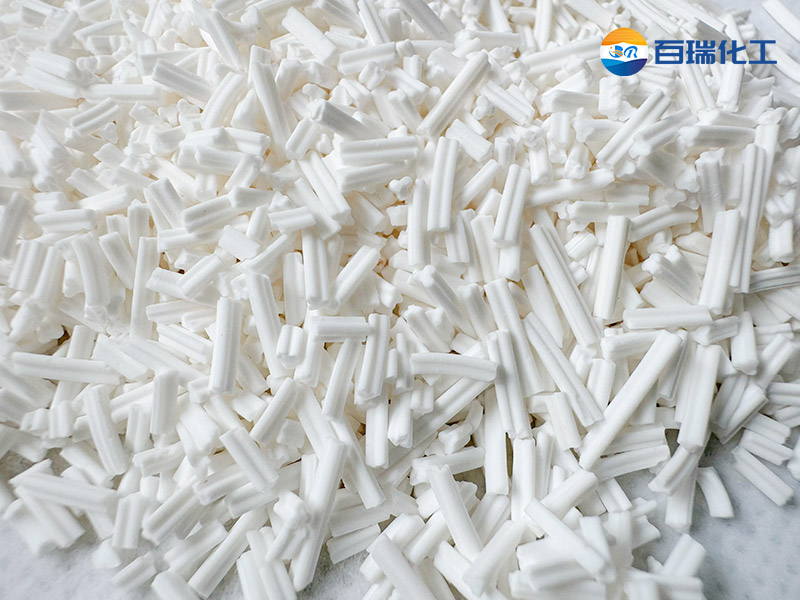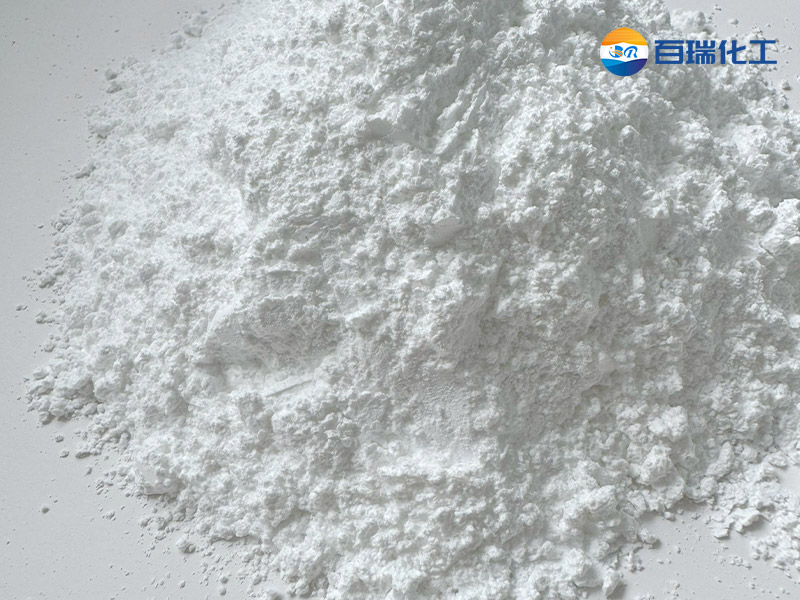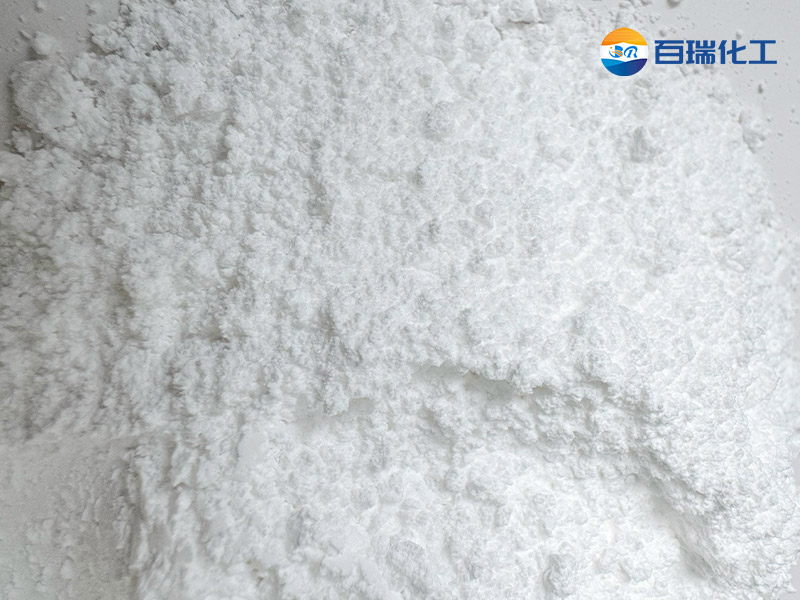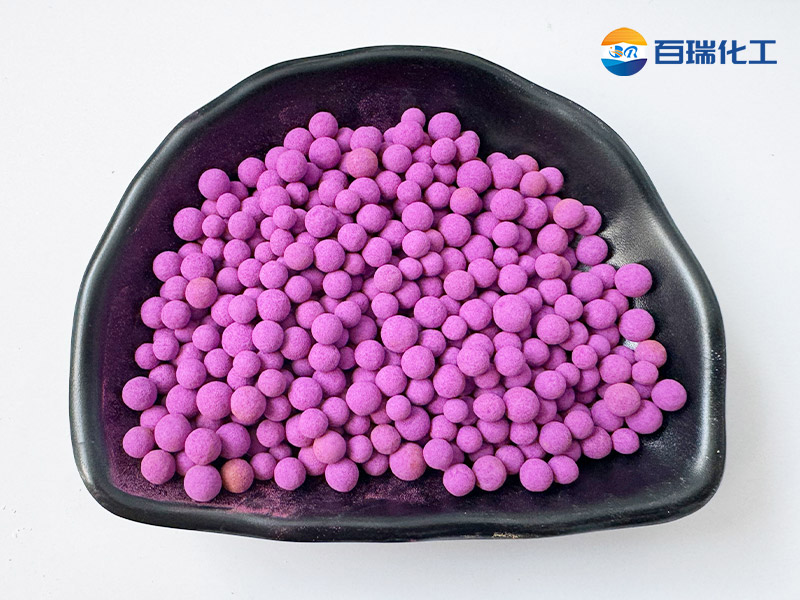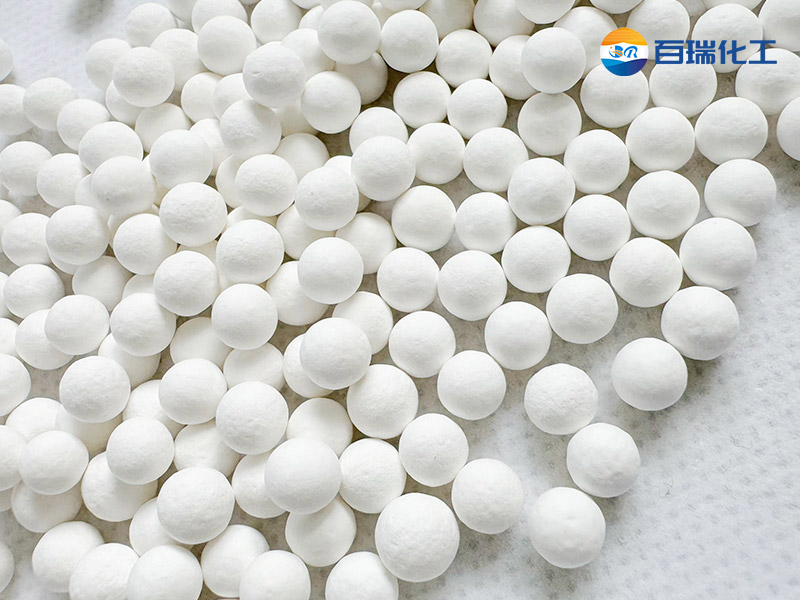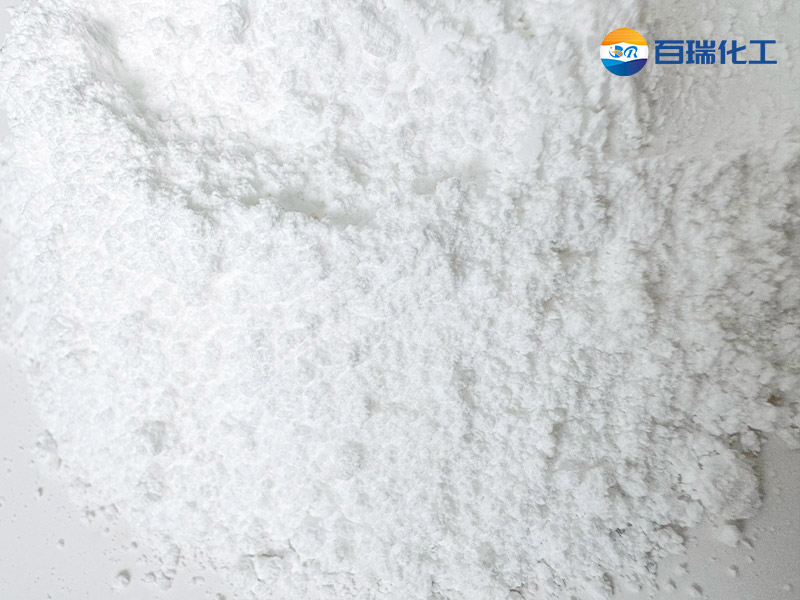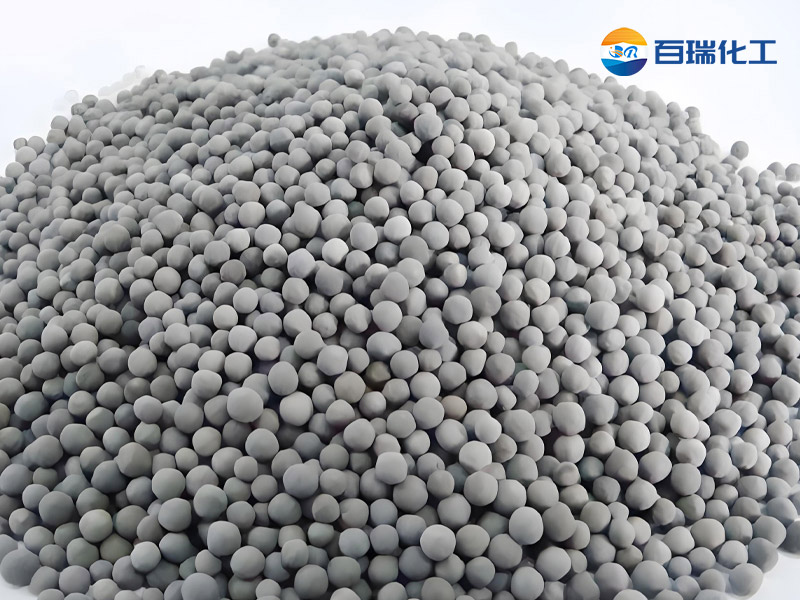SOX is one of the main substances that cause acid rain and greenhouse effect and destroy the ozone layer. SOX emitted by coal-fired power plants is the main source of air pollution. Flue gas desulfurization can be roughly divided into dry and wet methods. Loaded transition metal oxide dry flue gas desulfurization has received widespread attention because it has more advantages than traditional wet flue gas desulfurization.
The principle of renewable aluminum-based copper oxide dry flue gas desulfurization is:
The flue gas flows through the alumina carrier particles in the reactor (located after the low-temperature economizer), and the SOX in the flue gas reacts with the copper oxide loaded on the alumina to generate CuO4 (300℃-500℃), thereby achieving the purpose of removing SOX in the flue gas. The main reaction is as follows
CuO + SO3 CuO4
After the desulfurizer absorbs sulfur saturation, a reducing gas (such as hydrogen, methane, etc.) is introduced for regeneration to initially reduce CuSO4 to elemental copper. The elemental copper after initial regeneration can be quickly oxidized to CuO by oxygen in the air
Thereby regenerating the desulfurizer and recycling it. The SO2 released during the generation of the desulfurizer can be concentrated to produce sulfuric acid or elemental sulfur. The entire regeneration process is carried out within the same temperature range as the sulfidation reaction, and the system does not need to be heated again. The main reactions are as follows:
CuSO4 + 2 H2 CuO + SO2 + 2 H2O
CuO +1/2 CH4 Cu + SO2 + 1/2 CO2 + H2O
Cu + 1/2 O2 CuO
Compared with conventional flue gas desulfurization methods, the advantages of aluminum-based copper oxide dry flue gas desulfurization are: high desulfurization efficiency, recyclable desulfurizer, low cost; denitrification while desulfurization (while desulfurization, a proper amount of ammonia is introduced into the flue gas, and ammonia reduces NOx to N2 under the catalytic action of copper salt); the desulfurization product can be made into by-products such as sulfur or sulfuric acid, and no solid or liquid secondary pollutants are produced; the flue gas does not need to be reheated after desulfurization. The key to this method is to use a regenerable desulfurizer with excellent performance. The desulfurizer should have good desulfurization and regeneration kinetics, good stability, high mechanical strength and low cost.
| Item | Indicators |
| Specifications(mm) | Φ2-4Φ3-5 |
| Appearance | Blue-gray globular |
| Bulk density (g/ cm3) | 0.70-0.80 |
| Strength (N/grain ≥) | 80 120 |
| Specific surface area(㎡/g) | 250-300 |
| Pore(cm3/g) | 0.45-0.50 |
| wear and tear ≤(wt%) | 0.1 |
| AL2O3 (wt%) | 95% |
| CuO(wt%) | 5% |


